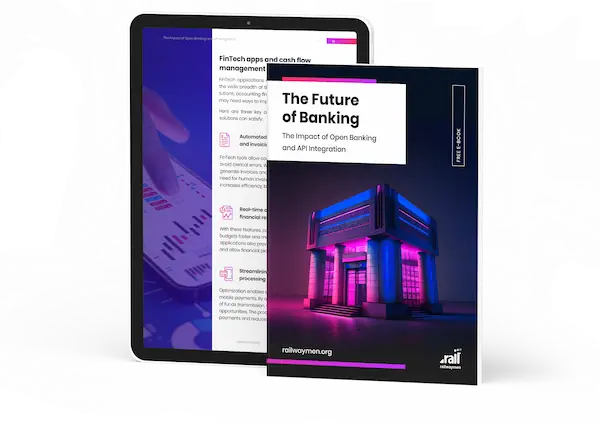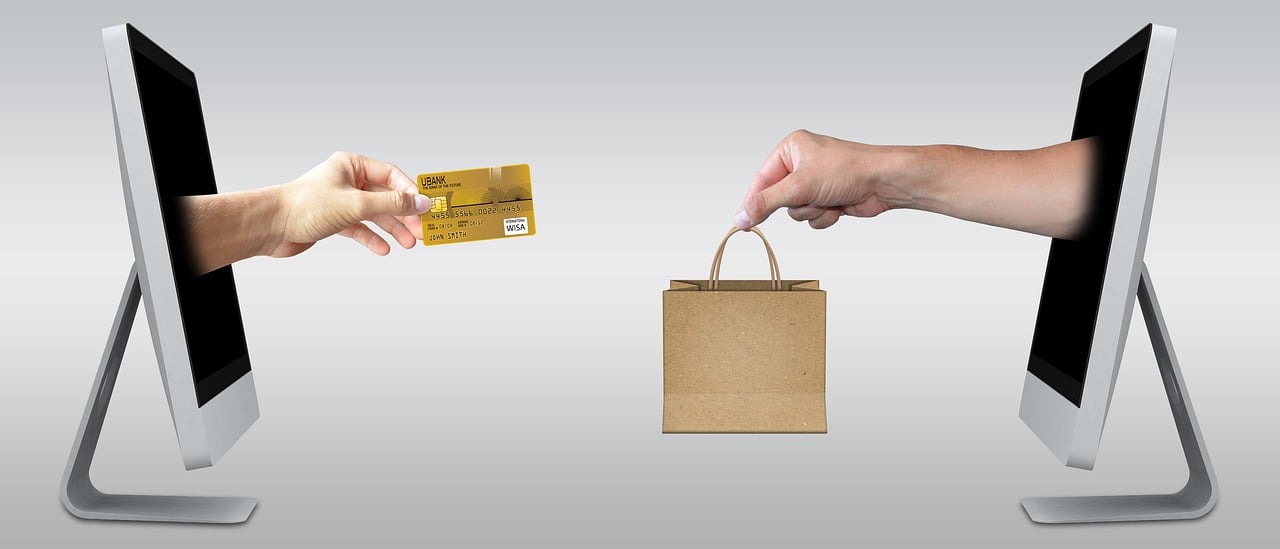In the era of dynamically escalating technological progress, companies have abandoned traditional payment methods in favor of digital ones. Online and mobile channels dominate the market in the modern world and are the best options for accepting and processing payments, which as a result has earned them a solid position in the eCommerce and payment industry.
In this article, we have prepared for you an Ultimate Guide to Building Real-time Payment Processing for eCommerce from which, you will learn a bit more about the potential of the real-time payment processing system, how it works, key challenges and benefits related to it.
You will also get to know some examples of the most popular payment providers of real-time payment processing systems and valuable tips that will allow you to become competitive in the financial technology sector.
Table of Contents:
1. Online Payment Gateway Market Overview.
2. What is an eCommerce Real-time Payment Processing System?
2.2. The main components of e-commerce payment processing in this process.
3. Who Needs a Custom Payment System?
4. Steps to create your own Payment Gateway.
5. Key Considerations and Features for Payment Gateway.
6. Benefits of Building a Real-time Payment System.
7. Challenges of Building Custom Payment Gateways.
8. Legal and Security Measures To Consider.
9. Apps using secure payment gateway – examples.
Online Payment Gateway Market Overview
The noticeable growth of mobile payments, easy internet access, and rising e-commerce sales have all contributed to the massive growth of the payment gateway market. According to Statista, the total value of transactions in the digital payments segment is estimated at over $9.5 billion by the end of 2023.
Payment gateways that are offered by market giants, such as Apple Pay, Samsung Pay, Google Pay or Amazon Pay, have made the process of paying bills and online shopping intuitive, simple and, most importantly, convenient.
The dynamically developing market has influenced the change of key preferences of traders and consumers in the field of digital payments and money transfers, causing the expansion of the offer in the field of payment systems by online sales companies. Based on the data provided by Statista, it can be estimated that the payment gateway development trend in this industry will continue to grow.

What is an eCommerce Real-time Payment Processing system?
An e-commerce payment processing system is a service that allows users to transact with each other. It occurs when a company accepts payments from customers through a secure terminal or gateway that protects users' sensitive financial information and creates a path for funds to be transferred directly from them to the merchant. It also allows for multi currency transactions. Such transactions are possible if your offer is on a global scale.
To streamline this process, you need a point of sale where the payment is initiated, then a payment gateway and a payment service provider that manages and oversees it.
How does it work?
Many online payments begin when a customer initiates a transaction or when they directly enter their payment card (credit and debit cards) details, usually via an embedded form on a particular website or mobile app.
The transaction sensitive data is encrypted for processing and then sent to the processor via the so-called payment gateway.
Upon receipt of the information, the processor forwards a notification to the bank that issued the specified payment to the customer to ensure that there are adequate funds in the related account, then the transaction is authorized or rejected.
After receiving the payment information, the processor passes this information back to the payment gateway, which in turn passes it on to the e-commerce retailer's website. In the case of authorization, the individual who undertakes the purchase receives an order confirmation.
The funds for the purchase are deducted from their bank account and transferred to the merchant account.
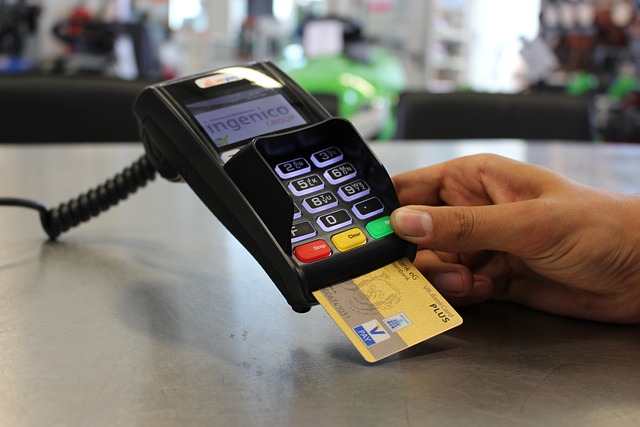
The main components of e-commerce payment processing in this process
-
Payment gateway - it is a mechanism that connects an e-commerce site to an online payment processor. The payment gateway's primary function is to securely send e-commerce payment information from the website to the payment processor.
-
Payment processor - it receives necessary information from the payment gateway, then checks whether the customer (buyer) has the funds necessary for payment, if so, safely carries out the transaction by collecting funds and then depositing them to the seller's bank account.
-
Merchant account - it is simply credited with funds from online transactions. This is typically a business bank account set up to accept e-commerce payments.
Who needs a custom payment system?
Due to the growth of digital commerce, custom payment systems are gaining in popularity, so that many companies, regardless of niche or industry, are increasingly choosing to use financial technology. The group of companies that should definitely consider building a payment system includes big corporations, e-commerce and retail firms, as well as IT startups or even banks.
If you belong to the above-mentioned group, keep reading to become familiar with the required steps in building your custom payment gateway.
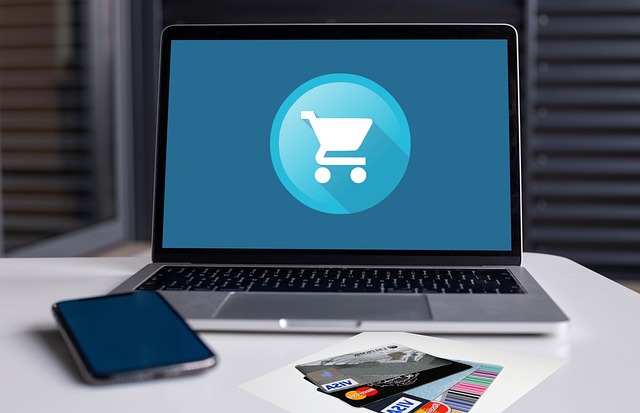
Steps to create your own payment gateway solution
The process of building a payment gateway is similar to the software development process. However, keep in mind that a custom payment gateway requires careful planning and execution. Below are the 7 key steps you need to follow if you want to create your own payment gateway:
#Step 1st - Come up with an Idea
It all begins with the conception of a payment system. At this point, you should also conduct some market research to learn more about your competitors' strengths and weaknesses, and then collaborate with experts to determine whether your plan is feasible or not.
#Step 2nd - Design
When your idea for a payment system becomes coherent, it's time to discuss it with experienced UI/UX designers and graphic designers. Thanks to their help, you will get a designed product interface and brand identity concept. They can also help you build a working prototype, and after just a few iterations, you'll have a real product design that developers can begin to building.
#Step 3rd - Development Process
At this stage, the infrastructure of your project will start to take shape and dynamics. The development team will start coding the product based on the delivered prototype. Developers can also integrate third-party APIs in accordance with industry standards, depending on technical requirements.
#Step 4th - Quality Assurance (QA)
Use QA specialists to regularly test the software to ensure that everything is in perfect working order to avoid unnecessary errors and poor service. Following testing, they should create a detailed report for future changes.
#Step 5th - Optimization
You must keep in mind that the payment gateway cannot have any bugs or critical flaws. A DevOps developer who has ensured that the payment gateway is secure and error-free can assist you in resolving this issue. Don't forget about compliance standards when optimizing the final version.
#Step 6th- Launch a Product
Depending on your timeline, you may want to issue a Minimum Viable Product (MVP) initially to get user feedback and initial product evaluation. Then, after implementing the changes, launch the final version!
#Step 7th - Maintenance and Support
After the product launch, it is important to provide continuous support to users, so it is necessary to set up chatbots or a team of specialists who will be ready to answer user questions and resolve conflicts on an ongoing basis. At this stage, remember to implement updates and improvements in a timely manner so that the platform meets the current needs of the market.

Key Considerations and Custom Features for Payment Gateway
#User experience
A custom payment gateway should make it simple and intuitive for customers of all ages to make payments, so it's critical to mark all important features to make them visible to users.
#Support for multiple currencies
When developing a financial technology (FinTech) application, you must remember that a payment gateway should support multiple currencies, depending on which markets you intend to distribute your product to. To save money, start with your local currency and the most popular ones (USD, EUR, and GBP). If at all possible, look into cryptocurrencies, as interest in them is growing in the industry.
#Secure authorization and fraud prevention
Due to the threat of cyberattacks, your gateway must provide secure authorization to protect sensitive user data. Don't forget to include multifactor identification and other forms of authorization within it.
Use advanced verification systems to authenticate users' identities before they can use your gateway to make transactions, this will help prevent unauthorized third parties from gaining access.

Benefits of custom payment gateway development
Payments are processed faster and more efficiently with real-time payments, which results in businesses being able to receive and send payments faster and more efficiently.
Payments are processed faster and more efficiently with real-time payments, allowing businesses to receive and send payments faster and more efficiently, but also to better manage their company's cash flow and spend less time and resources managing it.
To the main advantages coming from implementing real-time payments belong:
#No blocking on the supplier's side
By creating your own payment gateway, you will be independent of payment service providers and have complete control. You don't have to be concerned that the terms of service or payment gateway fees will change to your detriment. You can correct flaws on an ongoing basis with your own solution, and you have full control over security, transaction fees, and terms of use.
#Seamless User Experience
By building a payment gateway from scratch, you can improve the user experience. Payment flows, interfaces and navigation that are intuitive and easy to use will improve the user experience and may also lead to more frequent use of your services.
#Full Control over Data
While self-service has some drawbacks, data control has numerous advantages. As a result, you can analyze your customers' payment data to learn how they use their market and spot trends on the provided platform. This helps to improve platform usability, integrate new features based on customer preferences, and even lower costs.

Challenges of Building Custom Payment Gateways
#Current development and maintenance costs
Building a payment gateway services has high initial and ongoing costs. These include living expenses, insurance, and payment integrations with other payment methods, among other things. Developing your own payment gateway may not be a practical solution for small businesses on a tight budget.
#Time-consuming market implementation
Building your own payment system that includes custom functions selected individually may take more time to implement on the market than competitors.
To accelerate the process, choose developers with experience in creating custom payment gateways (meet our team)!
#Responsibility for functionality and compliance
As the owner of the payment gateway solution, you must remember that you are responsible for its proper operation. For this purpose, you must monitor your duties on an ongoing basis and provide it with full comprehensive service, tests and data security and PCI compliance.

Legal and Security Measures To Consider
-
Payment Card Industry Data Security Standard (PCI DSS) - is a standard established by major card brands to reduce fraud and improve the security of online payments.
-
3-D Secure - is an authentication method designed to prevent unauthorized use of cards and at the same time protect e-commerce merchants from chargebacks in the event of a fraudulent transaction.
-
Tokenization - is the process of replacing user data with a unique identifier known as a token. This token contains all the data that the user will need to make a future transaction, and it is stored specifically in the payment gateway in an unbreakable manner.
-
P2PE - is a standard that specifies that the user's credit card information is encrypted as soon as it is read by the payment terminal and remains encrypted until it is processed by the payment processor.
-
Secure Socket Layer (SSL) - is used to protect the details of a customer's credit or debit card transactions. When a user navigates a website, they can see if it's using this type of security by searching its address bar or clicking the lock icon.

Apps using Secure Payment Gateway – examples
The most influential providers of online payment gateways for mobile applications are:
-
Stripe - is a business-focused online payment and credit card processing platform that enables you to securely and efficiently process funds using a credit card or bank and transfer them to the merchant's account.
-
Skrill - is a digital wallet provider that offers many online payment and money transfer services.
- PayPal - is a payment platform that supports the online payment system, and online money transfers, providing an electronic alternative to traditional paper methods such as checks and money orders.
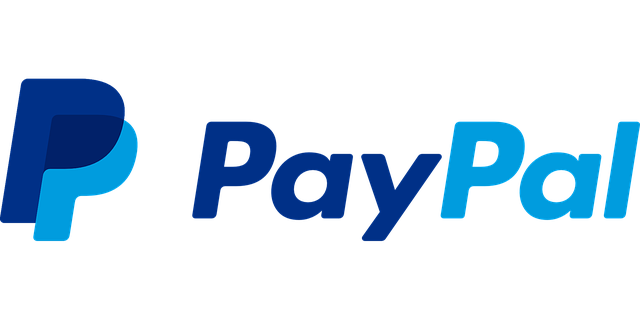
All the payment gateways mentioned above are PCI DSS compliant, do not pose a high risk of financial fraud, provide quick payment processing, and accept mobile payments.
Conclusion
A custom payment gateway is the best option for businesses that want to operate according to their own set of rules. By creating a payment gateway from the scratch, you can tailor it to your specific needs and achieve maximum efficiency.
Furthermore, the development of payment gateways opens up a wide variety of possibilities for profit growth.
If you are curious about payment gateway development cost, contact us directly and estimate your custom gateway idea!
Estimate your project with us within 48h
It's time to explore the future of banking
Are you interested in the future of banking and how it will affect your business? Our e-book "The Future of Banking: The Impact of Open Banking and API Integration" provides a detailed analysis of these changes. With thought-provoking insights and expert analysis, you will be able to prepare for the challenges and opportunities ahead.
DOWNLOAD NOW